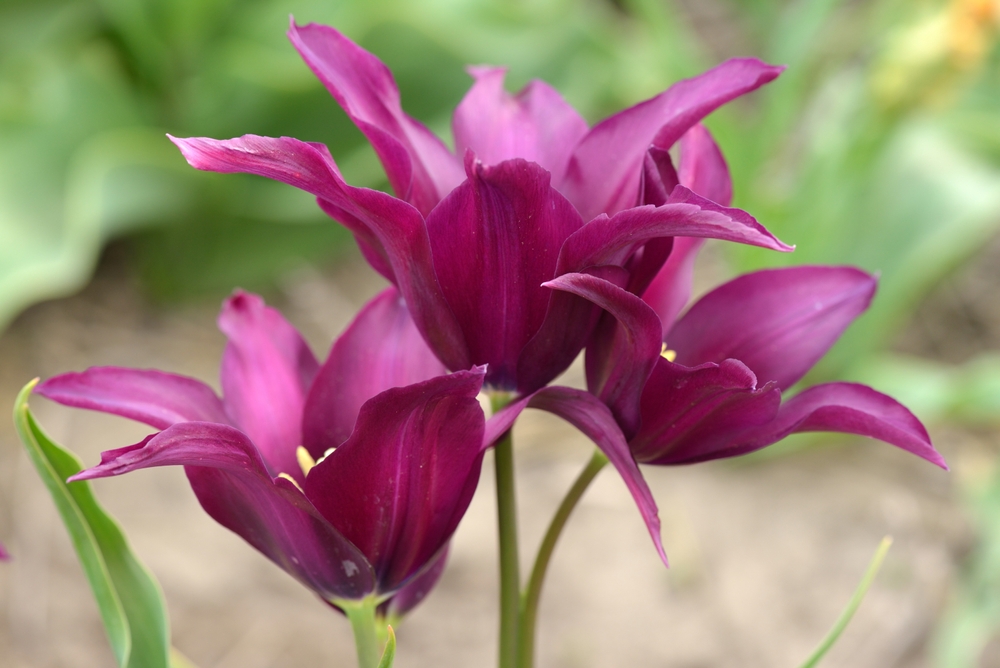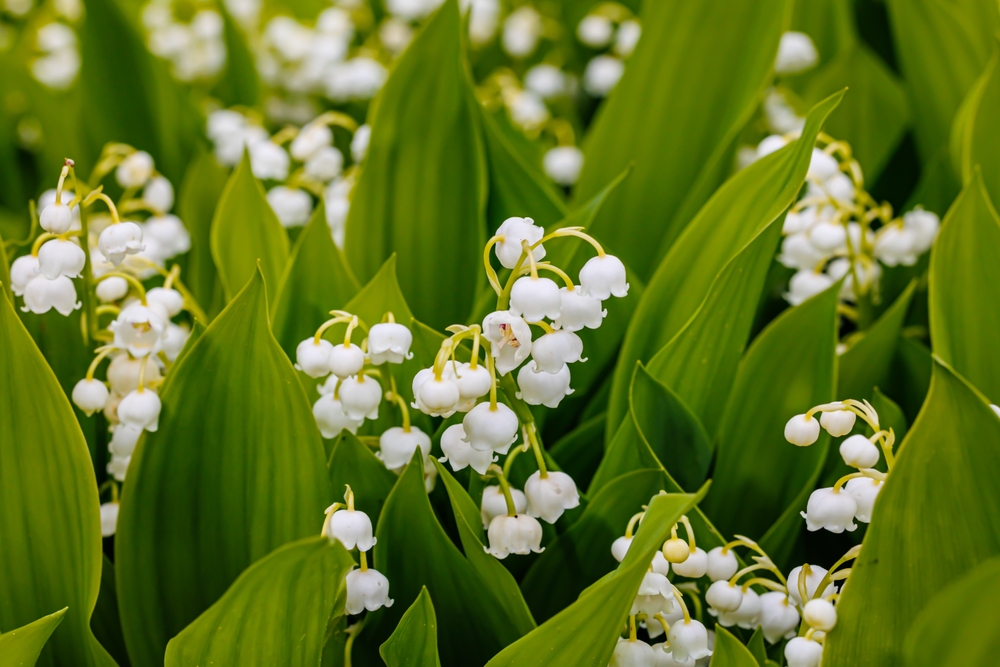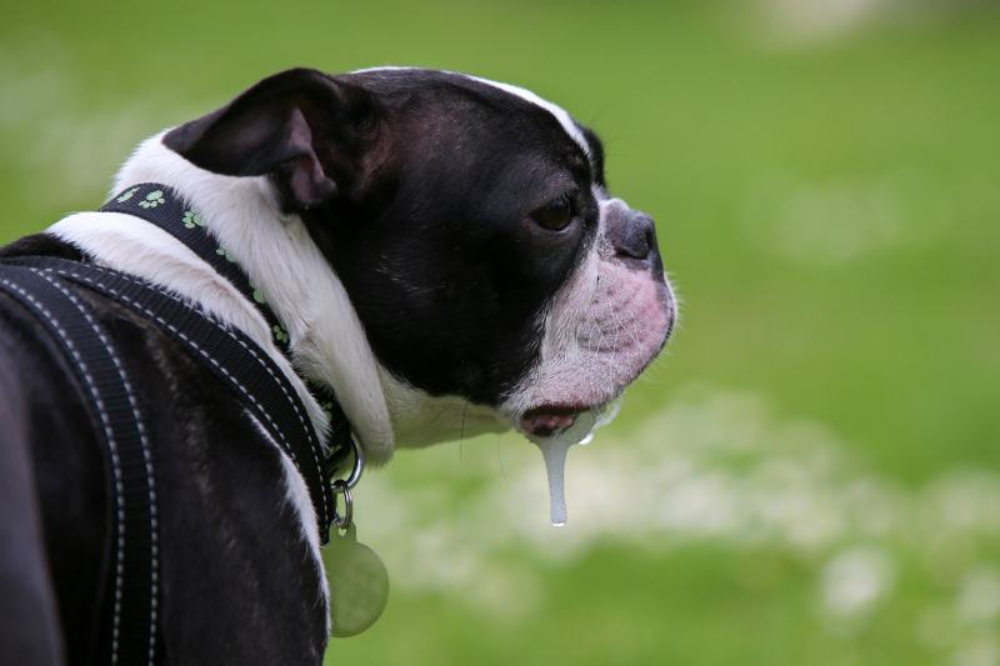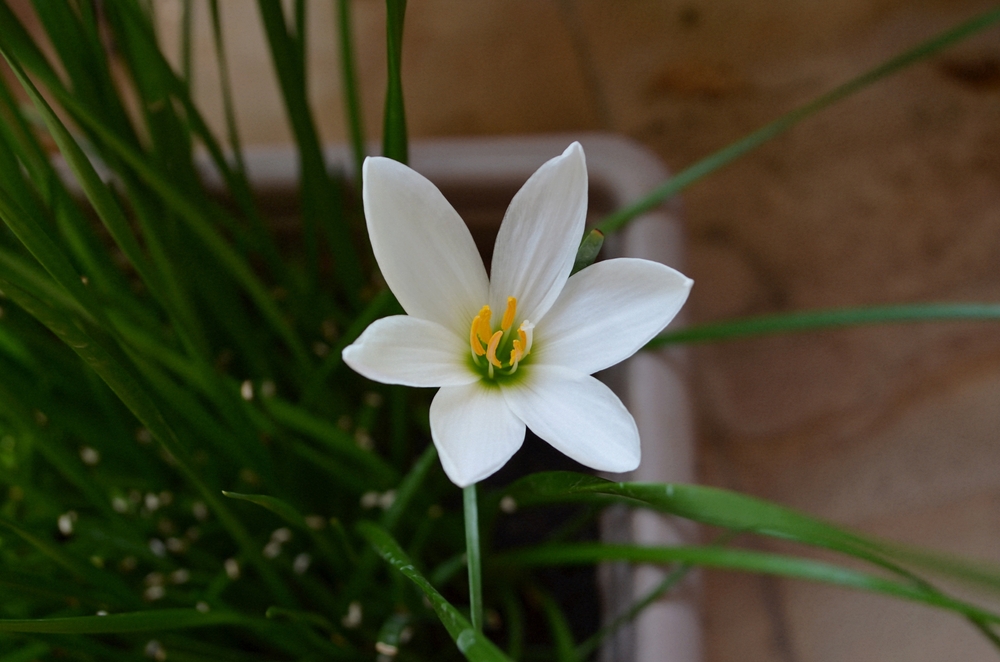[ad_1]
Flowers may be gorgeous, nonetheless there are positively various available on the market that will pose extreme risks to your pets. Within the occasion you reside with a canine, it’s important to know which vegetation are protected. The lily family (Liliaceae), which includes about 15 genera and roughly 610 species, is very relating to. Whereas vegetation from two genera on this family, Lilium (True lilies) and Hemerocallis (Day lilies), are deadly toxic to cats, their toxicity in canines stays unconfirmed. The extent of toxicity to canines of vegetation throughout the Liliaceae family varies all through species, with some being almost harmless whereas others being extraordinarily poisonous. To complicate points further, some vegetation that aren’t really lilies nonetheless embrace the time interval ‘lily’ of their names, together with to the confusion.
We are going to definitively say that these vegetation are further toxic to cats than canines resulting from their varied physiologies. The proper suggestion we are going to present is to stay away from together with any lilies to your yard or as houseplants in your home when you might have a pet. Prevention is by far the simplest treatment.


Examples of Toxic Lily Species
Lilies as a gaggle are quite a few. We are going to say most species are perennial bulbs. Many species have showy flowers or are aromatic. Scientists examine with these of the Lilium genus as a result of the true lilies. Many cultivars go by their scientific title, making realizing this data useful.
Canines are weak to unintentional poisoning resulting from their consuming habits. Many pups eat one thing they uncover, making canines further extra prone to turn into victims. That’s why we propose avoiding any lily plant altogether since most accidents occur throughout the pet’s home. As outlined, the diploma of toxicity varies with the species. As an example, the Easter lily (Lilium longiflorum), which belongs to the Lilium genus, is not documented as toxic to canines, nonetheless this may be very toxic to cats.
Species of vegetation throughout the Liliaceae family which could be toxic to canines—and cats as correctly—via various toxins embrace the following:
- Tulip (Tulipa species)
- Hosta (Hosta plataginea)
- Climbing lily (Gloriosa superba)
- Lily of the valley (Convallaria majalisspp.)
- Lily of the palace or Barbados Lily (Hippeastrum)
Finding out in regards to the hosta, or plantain lily, surprised us, given how trendy the plant is for landscaping. Hostas embody saponins, which set off gastrointestinal points in canines, cats, and horses after consuming them. Notably, rabbits and deer can eat them with out struggling any unwell outcomes. Rutgers New Jersey Agricultural Experiment Station lists it as considered one of many least deer-resistant species. However, the takeaway is that toxicity varies with the animal. So, just because wildlife can eat a positive plant doesn’t indicate it’s protected in your canine.


Completely different Species of Crops Referred to as Lilies
There are a number of vegetation generally known as lilies nonetheless are actually members of varied households. “Lily” has come to indicate any equally attempting flower, and likewise you’ll uncover quite a bit variation on this report. Toxic species to canines that do not belong to the Liliaceae family embrace the following:
- Lily of the valley (Convallaria majalis)
- Calla lily or Trumpet lily (Zantedeschia spp.)
- Wild daffodil or Lent lily (Narcissus pseudonarcissus)
- Lily of the palace or Barbados Lily (Hippeastrum)
- Peace lily (Spathiphyllum)
- Impala lily (Adenium obesum)
- Flamingo lily (Anthurium scherzeranum)
We’ve included the scientific names of all these species since many have various widespread names, further complicating their classification. Some vegetation have “spp.” after their genus title to level that many species exist beneath that umbrella, along with many cultivars. Toxicity exists regardless of the specific individual species.



 Indicators of Poisoning
Indicators of Poisoning
The variety of vegetation on our report solely scratches the ground of the issues with lilies. The indications of poisoning may also differ as a result of specific toxin and its outcomes. As an example, wild daffodils and lily of the palace embody a toxin generally known as lycorine. This alkaloid is answerable for the symptoms of poisoning that observe the ingestion of this plant: vomiting, nausea, mouth irritation, stomach ache, and diarrhea.
A number of the widespread indicators of poisoning is vomiting. A canine solely should eat one bulb to level out indicators of toxicity. The toxin is very concentrated throughout the bulb, nonetheless ingestion of the leaves is equally worrisome.
Completely different vegetation, akin to calla lily and peace lily, embody insoluble calcium oxalate crystals, which could set off mouth irritation when ingested or chewed. These crystals can lead to indicators like drooling, challenge swallowing, pawing on the mouth, vomiting, and swelling of the lips and tongue.
Lily of the valley is very dangerous as a result of it contains toxins that will adversely affect your pet’s cardiovascular system. Puppies and senior canines are on the very best hazard. Tulips are moreover extraordinarily toxic resulting from their tulipalin A and B content material materials, which causes drooling, vomiting, despair, and diarrhea. The easiest focus of these chemical compounds are throughout the bulbs and there isn’t any acknowledged antidote.
The most common indicators of toxicosis embrace the following:
- Vomiting
- Drooling
- Diarrhea
- Lack of urge for meals
- Lethargy
- Abdomen ache
- Seizures


Evaluation and Remedy
As a result of species selection, there are quite a few mechanisms of movement with reference to unintentional poisoning. That, in flip, impacts the treatment and prognosis. Within the occasion you believe you studied your canine has eaten lilies or any poisonous plant, immediately contact your vet or the ASPCA Animal Poison Administration Coronary heart hotline (888-426-4435).
Purchase various the remaining vegetation to take to the clinic with you for proper identification, if potential. You’ll be able to even snap a picture collectively together with your smartphone. In case your pet isn’t displaying indicators, your vet may elect to induce vomiting. Extra treatment depends upon the toxin and may doable embrace supportive care, akin to intravenous fluids and anti-nausea therapy.
Instant movement is vital since many flora species embody doubtlessly life-threatening toxins. Points from unintentional poisoning may comprise organ harm, requiring additional care and potential hospitalization.


Prevention
Conserving these vegetation out of your yard and home is the simplest prevention. We strongly urge you to evaluation any species to ensure it is protected for pets. Don’t assume your canine will depart them alone. A bored animal will uncover points to do, even stuff they shouldn’t, like consuming toxic vegetation. Many are bitter and may deter your pup from ingesting them. However, that’s not a solution nor a sensible approach.

 Closing Concepts
Closing Concepts
An entire bunch of lily species exist, with varied ranges of toxicity. As an example true lilies and day lilies are extraordinarily toxic to cats, whereas not notably unsafe for canines. However, totally different vegetation that belong to the Liliaceae family are toxic to canines, and loads of totally different vegetation going by the lily title are moreover poisonous to canines and totally different pets. Subsequently, we solely recommend pet-safe vegetation in your home or yard to forestall unintentional poisoning. By choosing pet-safe vegetation, you’ll take pleasure in the beauty of nature with out putting your beloved companions at risk.
Featured Image Credit score rating: Bhupinder Bagga, Shutterstock
[ad_2]

Preventing accidental poisoning is key, as highlighted here. This article emphasizes the importance of researching plant safety before introducing new ones into our homes and gardens, which can save many pets from potential harm.
It’s interesting how many plants can be harmful without people realizing it. The distinction between true lilies and other similar-looking plants is important for gardening enthusiasts. I will definitely rethink my plant choices after reading this.
This article does a great job of summarizing the risks that certain plants pose to pets. I appreciate the detailed information on both lilies and other potentially toxic plants. It’s crucial for pet owners to stay informed.
I found the section on the signs of poisoning particularly helpful. As a pet owner, it’s essential to recognize these symptoms early. The clarity in this article makes it easier for us to take preventive measures.
The advice to avoid lilies entirely if you have pets is sound. Understanding that not all lilies are equally toxic adds another layer of complexity for pet owners, making this information very useful for responsible gardening.